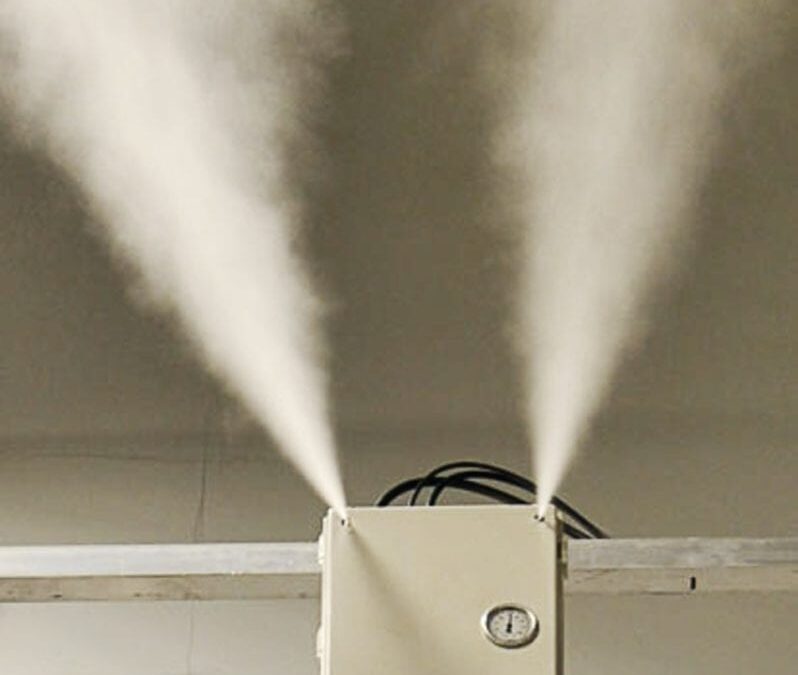The winter season is characterized by cool temperatures and dry air, which can lead to a wide range of health problems for homeowners and their families. The lack of moisture vapor in the air may cause dry mouth, itchy/sore throat, headaches, allergies, respiratory infections, and more. Don’t assume these problems will go away when spring arrives, as some homes and indoor environments experience low humidity year-round.
To put the importance of indoor humidity control into perspective, a recent study found that maintaining a 40-60% relative humidity (RH) would prevent a significant amount of related health issues.
“The majority of adverse health effects caused by relative humidity would be minimized by maintaining indoor levels between 40 and 60%. This would require humidification during winter in areas with cold winter climates. Humidification should preferably use evaporative or steam humidifiers, as cool mist humidifiers can disseminate aerosols contaminated with allergens,” wrote researchers in a study titled Environmental Health Perspectives.
Environments with low humidity promote health problems due to their impact on the sinuses. Dry air naturally causes the delicate mucus membranes to dry out, at which point the skin may crack; thus, creating open wounds in which bacteria can enter.
Unfortunately, few people take a proactive approach towards monitoring their humidity levels, let alone regulating it. But regulating indoor humidity – whether it’s inside your home, basement, workplace, etc. – is a relatively easy and straightforward process. The easiest solution is to invest in a humidifier. These devices serve two primary purposes: to monitor the ambient humidity, and release moisture when needed. Once the humidifier detects humidity that’s lower than the specified setting, it will release moisture into the air to raise it.
There are several other ways to increase humidity inside your home, such as taking a hot shower or bath. Ever notice how mirrors and windows fog when your shower? This is caused by the moisture vapor rising from the water and sticking to the surface of the mirrors and windows. If you’re looking for a quick and easy way to temporarily raise your home’s humidity, try taking a hot shower. Just remember to leave off the vent, as it’s designed to extract humidity from the bathroom.
A third way to increase humidity inside your home is to boil a pot of water. When water heats to a boil, some of it will naturally evaporate into the surrounding atmosphere – assuming it’s uncovered.
Of course, the only reliable, long-term technique to raise the humidity in your home is to use a humidifier. This otherwise simple device will control the relative humidity, reducing the risk of nose bleeds, respiratory infections and other related health problems.





